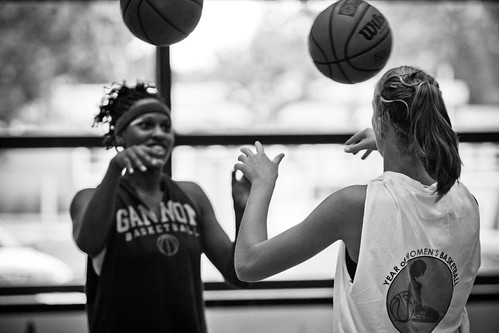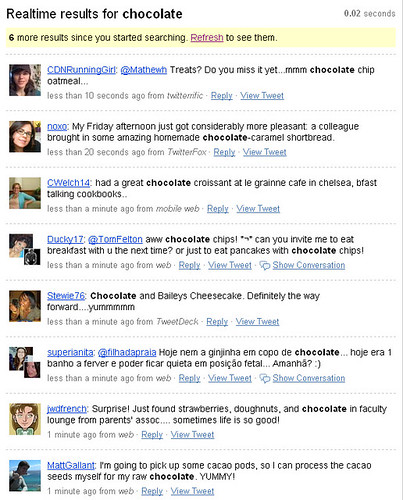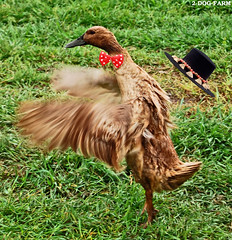 This is the fourth in a series of blog posts I wrote for Darren Sidnick. I posted three last fall, then sort of forgot about the rest of the series. I’ll get the rest of them up over the next few weeks. Part 1, part 2, part 3, part 4, part 5, part 6, part 7 , part 8 , part 9 and part 1o are all here on the blog.
This is the fourth in a series of blog posts I wrote for Darren Sidnick. I posted three last fall, then sort of forgot about the rest of the series. I’ll get the rest of them up over the next few weeks. Part 1, part 2, part 3, part 4, part 5, part 6, part 7 , part 8 , part 9 and part 1o are all here on the blog.
The is the fourth post exploring more about Community, Domain and Practice aspects of CoPs mentioned in the first post of this series on communities of practice (CoPs). This is the “where the rubber meets the road” leg of the stool, Practice.
CoPs are not about learning things in the abstract. They are about learning and putting that learning to practice, and learning from that practice in an ongoing cycle of learn/do/learn. This is why businesses and organizations have been so interested in CoPs — they see them as a way to improve practices in the context of work. While a “to do list” gets you to “done,” it does not surface or share the learning of that task for the next time around. But by linking practice to learning, improvement and innovation is more likely. Here is Etienne Wenger’s description of Practice:
The practice: from http://www.ewenger.com/theory/
A community of practice is not merely a community of interest–people who like certain kinds of movies, for instance. Members of a community of practice are practitioners. They develop a shared repertoire of resources: experiences, stories, tools, ways of addressing recurring problems—in short a shared practice. This takes time and sustained interaction. A good conversation with a stranger on an airplane may give you all sorts of interesting insights, but it does not in itself make for a community of practice. The development of a shared practice may be more or less self-conscious. The “windshield wipers” engineers at an auto manufacturer make a concerted effort to collect and document the tricks and lessons they have learned into a knowledge base. By contrast, nurses who meet regularly for lunch in a hospital cafeteria may not realize that their lunch discussions are one of their main sources of knowledge about how to care for patients. Still, in the course of all these conversations, they have developed a set of stories and cases that have become a shared repertoire for their practice.
Implications of practice
The practice of communities that are not colocated and whose members are not around and available to each other, can be invisible unless we find ways to talk/show it to our fellow members. So in thinking about practice in CoPs related to distributed communities, what do we need to consider? We each can’t “know it all” about our domain, but by tapping into our community members, we as a whole know and learn a whole lot. The trick is to start to make that knowledge and learning available and encourage the practice of sharing our practice! Here are a few possibilities:
- Telling stories of our practice – is there both a compelling invitation and a place to tell stories of applying learning out in the world? Oddly, people often think their story is not “important enough” to share, so it is not enough to put up a forum and say “share stories.” Role modeling, acknowledging and encouraging — all forms of facilitation, are critical to nurturing storytelling.
- Sharing “stuff” – tools, resources, links to other people. Is it easy to post resources to a community website, or to share a “tag” that identfies useful materials on the internet? See http://en.wikipedia.org/wiki/Tag_(metadata) for a definition of tagging.
- Asking and answering questions – again, both the invitation and the process for this matters. Sometimes it is the “senior” or “expert” members we need to hear from, but it is important to make space and value contributions for all members. Newbies know a lot as well, and bring in fresh perspectives into our communities.
- Mentoring – is there a mechanism to pair or create small groups of people to mentor and closely follow each others’ practice? This can be REALLY important in large communities where it may be harder for this closer and more intimate form of learning to occur. It also builds the community side of the “three legged stool!” Events – people lead busy lives, so time-limited events (online or offline) can focus attention on the community’s practice and learning.Ongoing conversations – little streams of conversation that connect and keep the community heartbeat going in slower times. This may be the conversations of a small subset.
The exciting thing about Practice in CoP is there are so many things we can do. That is also the problem. So focus on a few things and then grow from there. Don’t overwhelm at first and let the community lead with the practice activities that mean most to them.
If you are a member of or are a CoP leader, share a story about successful practice activities in your community in the comments section.
 Gabriela on Coniecto
Gabriela on Coniecto The folks over at BrandonHall, the learning folks who blog lots of interesting links,
The folks over at BrandonHall, the learning folks who blog lots of interesting links,  This is the fourth in a series of blog posts I wrote for
This is the fourth in a series of blog posts I wrote for  A few weeks ago I had the great pleasure to jam in an impromptu telecon with
A few weeks ago I had the great pleasure to jam in an impromptu telecon with Last week Tony Karrer and I launched the
Last week Tony Karrer and I launched the